No sword is quite like Viking swords. During the period between 800 and 1200 AD, large numbers of Scandinavians began to leave their homelands in search of a better life. Vikings took to the sea and began scouring coastal areas for loot and resources. At this time, Vikings lived, traded, and sometimes settled in the British Isles and roamed much of Europe. They also ventured to Newfoundland, Russia, Iceland, and Greenland.
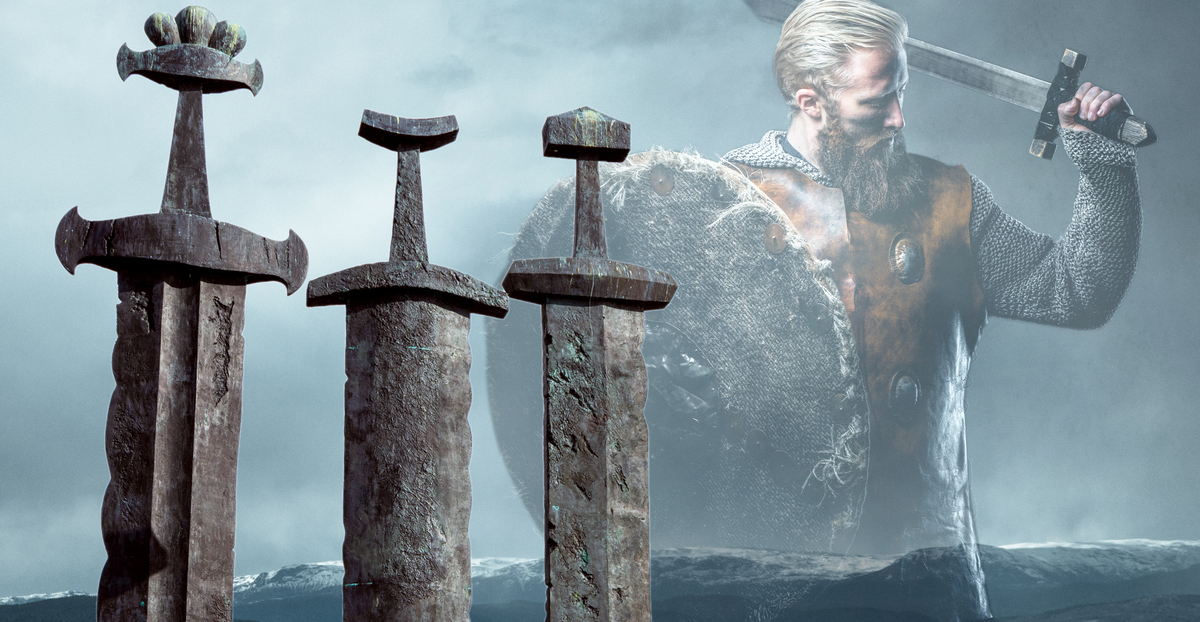
The fragments were found in two separate caches, but the sites were located close to each other. Inside there was a large number of objects, most of which were fragments of Gokep’s swords and some spearheads.
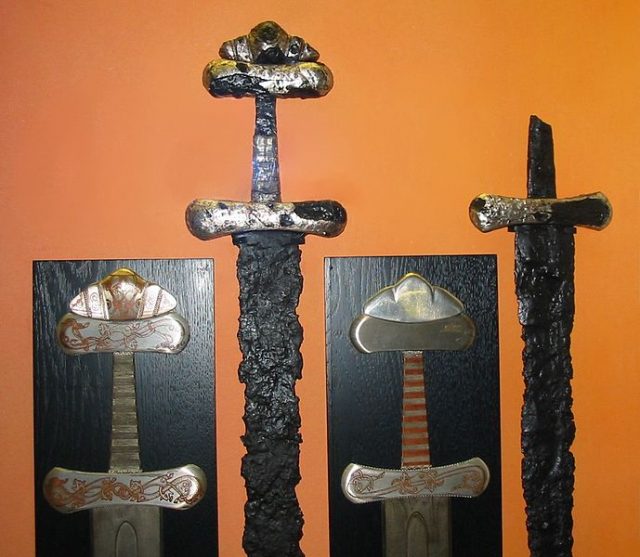
Two sword hilts on display at the Hedeby Museum. The sword on the left is from a Viking sword from Busdorf, Schleswig-Flensburg, Petersen type S, with silver and copper inlays. Photo by viciarg licensed under CC BY 2.5
Archaeologist Mauri Kiudsoo, curator of the archaeological collection at Tallinn University, explained that the two sites were separated by just 80 metres. The swords appear to date from the mid-10th century and were probably used as cenotaphs – markers for people who had actually died elsewhere, such as those who died at Battā and had to be killed where they were, or those who died elsewhere on trade or diplomatic missions.
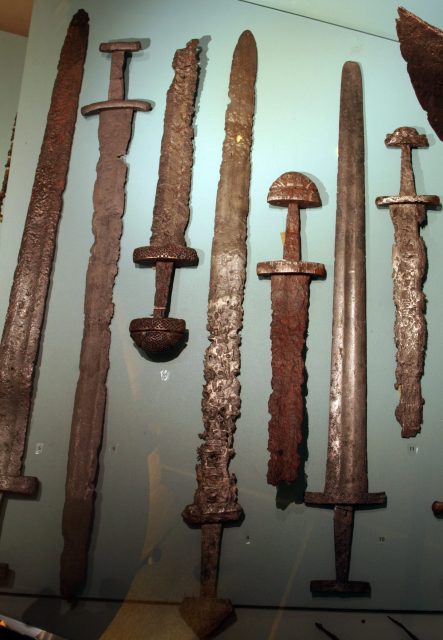
Espadas de la época vikinga, found in Sæbø, Hoprekstad, Vik i Sogn, condado de Sogn og Fjordane, Noruega. Exhibited in the Museum of Bergen. Photo de Arild Finne Nybø CC por 2.0
According to Kiudsoo, the reason the swords were in pieces is that the practice of the time was to store weapons that were no longer in use or were otherwise unusable.
Read also: Marilyn Monroe: the bookworm who fantasized about sleeping with Albert Einstein
Even though they are in pieces, historians were able to easily identify what type of weapons they were by looking at the shape of the hilts. The hilts indicated that the swords were H-shaped and were double-edged swords, the most common type during the Viking Age. Hundreds of such swords have been found in various parts of Northern Europe.
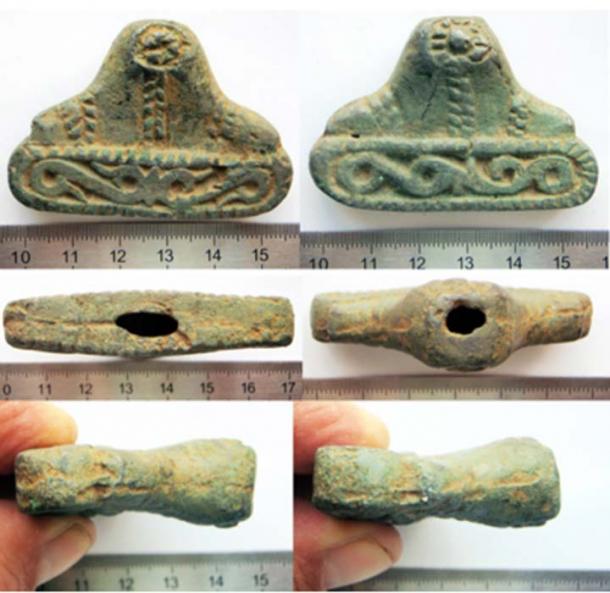
Viking sword hilts found in Estonia. (Estonian Department of Antiquities Protection / ERR)
In 1991, eight virtually intact examples of this type of sword were discovered in Estonia, and the number has since grown to around 100. These relics are often found on the country’s northern coast, near an important Viking trade route.
Read also: Titanic revelations: Bodies of third-class passengers were thrown into the sea
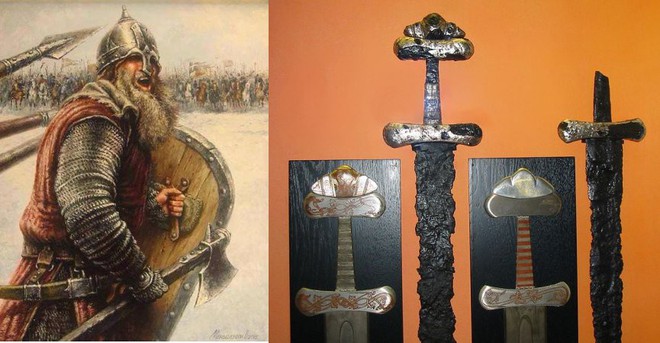
This find represents the largest of its kind ever found in Estonia, but more importantly, according to Kiudsoo, the hilts were what allowed archaeologists to determine what type of weapons they were and, by extension, have firm proof that H-shaped weapons were in use in the area during that time.
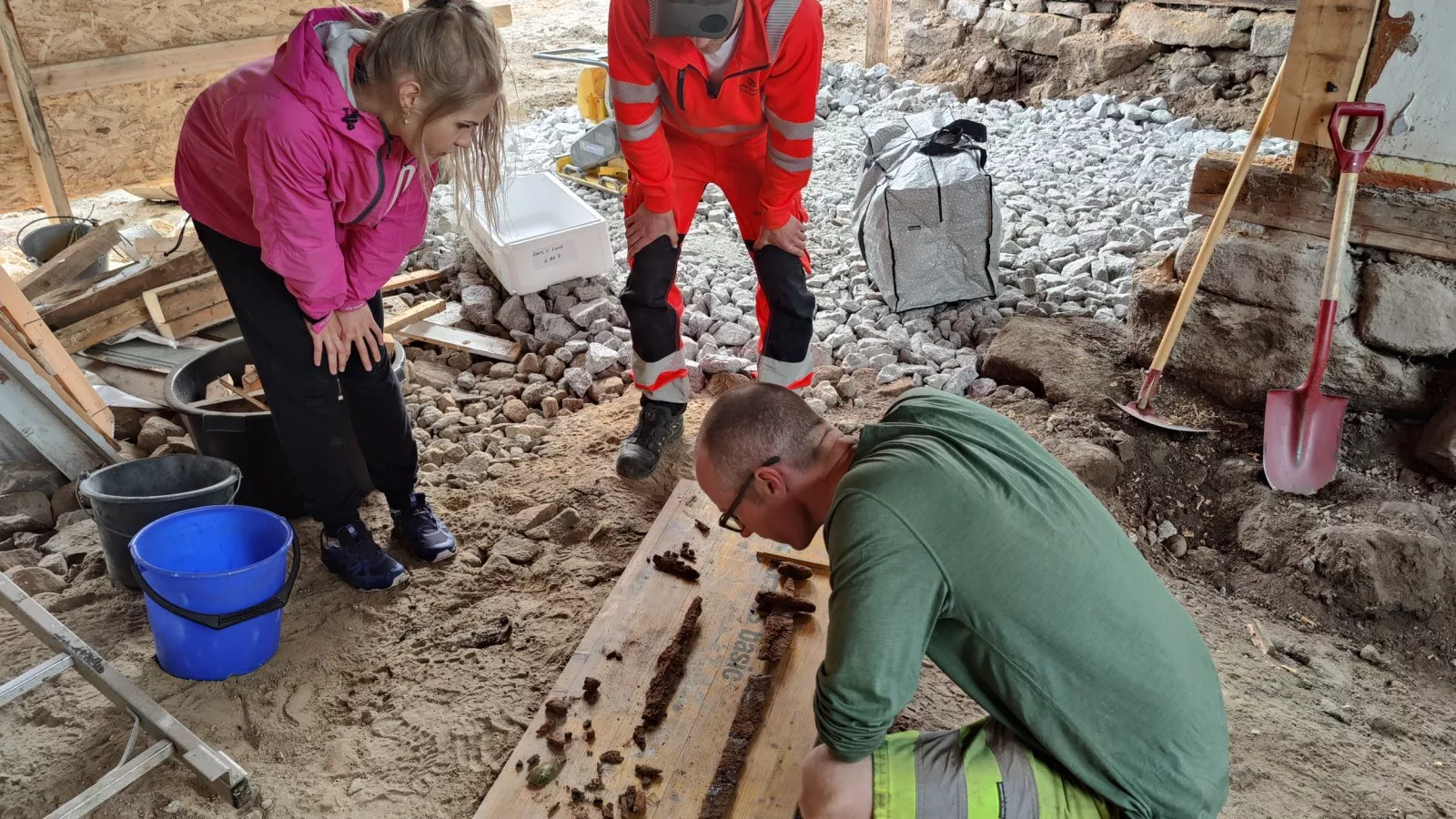
Estonia served as a staging point for trade routes that led through Russia to Persia. The Vikings reached Estonia first, but over time they established trade relations with the natives and even established some permanent trading posts.
On display: Viking bead necklace belonging to a pagan sorceress

Perhaps the discovery of the two caches of sword fragments will stimulate further research and excavations in the area, leading archaeologists to new finds and a deeper understanding of both the Vikings and what life was like in Estonia during that time period.





